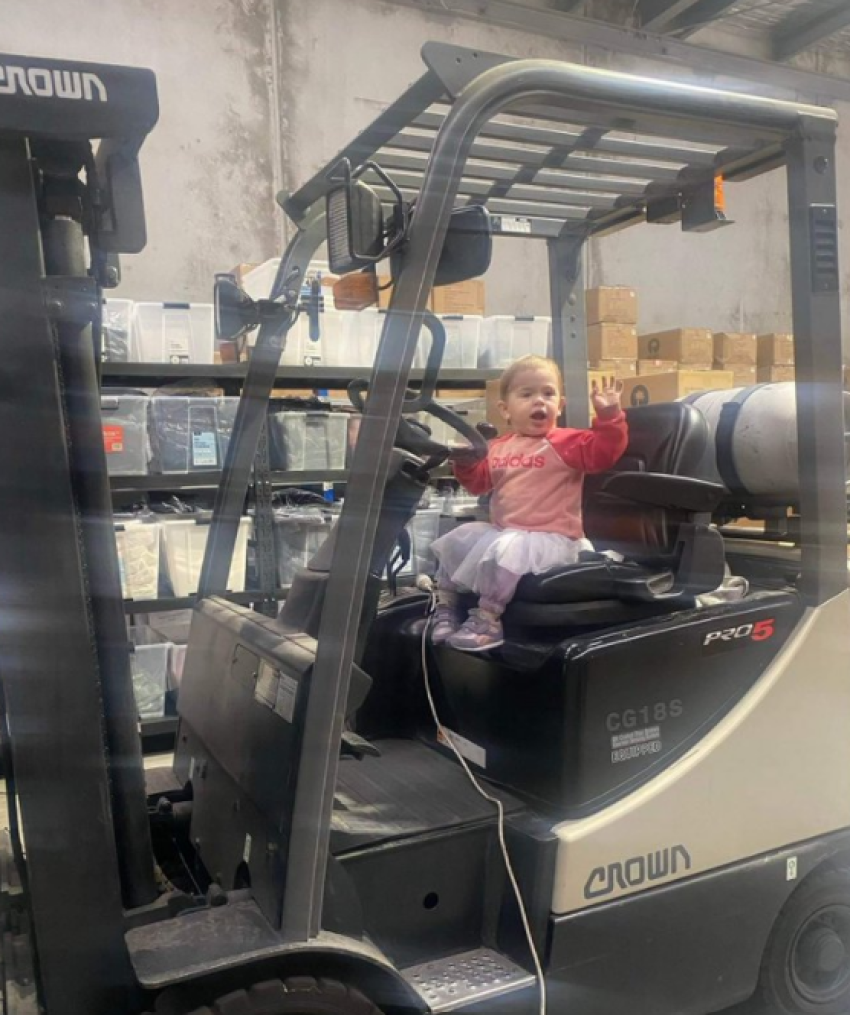
It didn’t take long before Prime Minister Scott Morrison was forced to back down on his January 19 proposal to lower the age of forklift operators to under 18 years.
His brain snap was widely ridiculed, the states refused to sign up and the health and safety arguments against were compelling.
There have been eight forklift fatalities in Victoria since 2019. WorkSafe Victoria noted that forklifts cause more workplace deaths and injuries than any other piece of equipment. It said that even a slow-moving forklift can crush, injure or kill.
In New South Wales, there were five forklift fatalities over 2020 and 2021, and hundreds of incidents.
Critics were clear that allowing younger workers to operate forklifts, often in poorly supervised workplace environments, would lead to many more workplace health and safety problems.
Morrison’s idea was prompted by the current labour shortages and supply chain issues. He would also have calculated on seizing an opportunity to reduce regulations while increasing labour supply.
As always he put corporations’ need for cheap labour ahead of the health and safety of workers.
In the same media conference, Morrison announced visa restrictions had been relaxed so that overseas students and backpackers could fill vacancies in health care, aged care, hospitality and agriculture.
The pandemic has revealed the country’s reliance on a temporary and precarious migrant and international student workforce.
Dozens of industries are reporting labour shortages, from health and education to highly skilled technological and blue collar industries. Two years ago, many of these jobs were filled by migrant workers, on 457 or other visas.
Now, with the borders closed and so many workers succumbing either to the virus or having to isolate, goods are not being delivered to the supermarket shelves, and Morrison is feeling the heat.
A National Australia Bank survey of 1600 businesses found that trade and professional workers constitute the most common shortage (35% and 32% respectively). It also found that one in five businesses was hit by shortages: sales staff (20%); unskilled labour (19%); and machinery operators and drivers (19%).
Interestingly, nearly half of the respondents said that boosting apprenticeships would help. Others warned against succumbing to any demands to raise wages.
The corporate demand to “open the borders” excludes refugees, however. The Refugee Council of Australia estimated in September that there were still 1459 refugees in detention, and of the 38,513 people seeking asylum, many who want to work cannot secure work permits.
Morrison is happy to see workplace safety regulations relaxed — as with his kids driving forklifts idea — but for ideological reasons he does not want to give refugees or asylum seekers work opportunities.
Instead, he is looking to 23,500 mostly white backpackers from Northern Europe or the 150,000 international students with visas to boost the labour force.
The unions and their peak body, the Australian Council of Trade Unions, need to insert themselves into this debate. Their challenge is to put paid to the racist and nationalistic tropes that migrant workers will steal Australians’ jobs, while defending workplace safety, wages and conditions.
The union movement needs to demand that government and industry bodies give migrant workers, including refugees and asylum seekers, permanency as well as decent pay and conditions. Workers do not need to have the threat of deportation hanging over their heads.
Unions also need to take a stand against draining resources from poorer countries. Recruiting healthcare workers from overseas during a global pandemic to fill gaps here is no internationalist solution.
Recruitment and training, even re-training, of workers here is part of the solution.
As in health care, the causes of skill shortages in other industries need to be addressed. Unions need to demand minimum quotas for apprenticeships and traineeships with opportunities targeted to the unemployed. They also need to demand decent health and safety standards, with fair pay and work conditions for all.
Unions need to take on these political challenges as it’s a given that employer groups will use the pandemic-induced labour supply shortages to demand that workplace rights be reduced and wage rises be ruled out.
With labour shortages, unions are in a stronger bargaining position. If they use the current labour shortage to demand better pay and working conditions and permanent contracts for all, memberships would skyrocket and the Coalition government would be on notice about trying to play the race card.
[Sue Bull is a union educator and member of the Socialist Alliance national executive.]